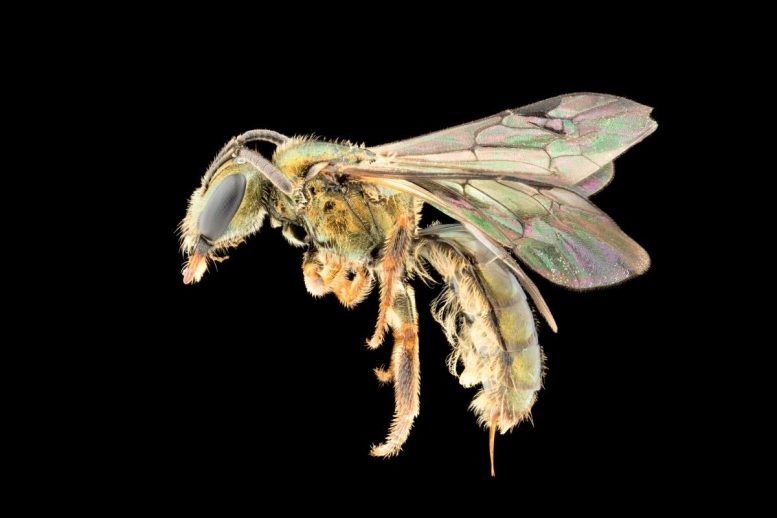
Homalictus terminalis is named so to indicate that, like many Fijian bees, it is nearing its limit and is at risk of climate-related extinction. Credit: James Dorey, Flinders University
Bee biodiversity barometer on Fiji — New species described as environment changes
The biodiversity buzz is alive and well in Fiji, but climate change, noxious weeds, and multiple human activities are making possible extinction a counter-buzzword.
Just as Australian researchers are finding colorful new bee species, some of them are already showing signs of exposure to environmental changes.
Flinders University Ph.D. candidate James Dorey — whose macrophotography has captured some of Fiji’s newest bee species — says the naming of nine new species gives researchers an opportunity to highlight the risks.
“Homalictus terminalis is named so to indicate that, like many Fijian bees, it is nearing its limit and is at risk of climate-related extinction,” he says.
“Found only on Mount Batilamu near the city of Nadi, where many tourists launch their holidays, H. terminalis has only been found within 95 meters (310 feet) of the mountain peak.”
South Australian university students on the Australian Government’s New Colombo overseas study program have gone to Fiji in the southwest Pacific for several years, naming nine new species in one of their latest research publications in Zootaxa.
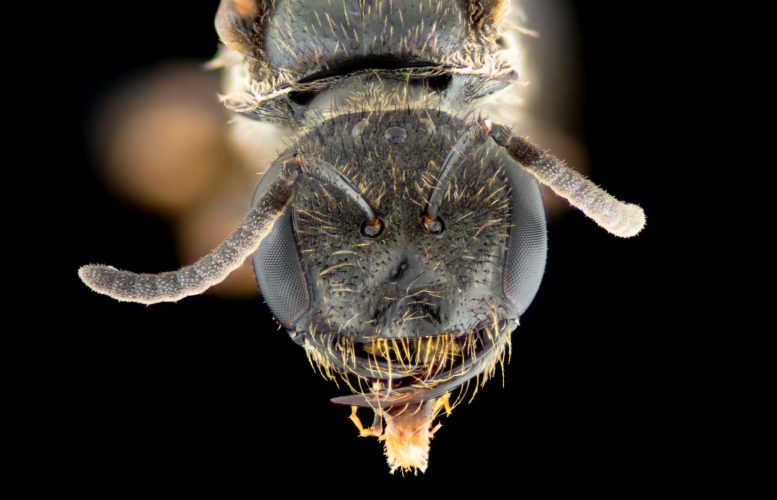
An impressive black Homalictus achrostus, newly named by Flinders University researchers. Credit: James Dorey
The impressive black Homalictus achrostus, featuring unusual large mandibles, is one of the most interesting endemic bee species on Fiji.
But, like many Fijian bee species, H. achrostus has only ever been found on a single mountain top.
“Six individuals were collected on Mount Nadarivatu in the 1970s and two in 2010, but despite frequent searching almost every year since no more have been found,” says Flinders University Associate Professor Mike Schwarz, a co-author on the paper.
“A likely driver of this possible extinction is changing climates,” Associate Professor Schwarz says.
“The cooler climate of the Fijian highlands could be slowly pushed upwards and off the top of the mountains bringing with it the species that require this climatic refuge.
“With H. achrostus one of the four previously described species of endemic bee in Fiji, this raises real concerns about the extinction of many highland species in Fiji and across all of the tropics.”
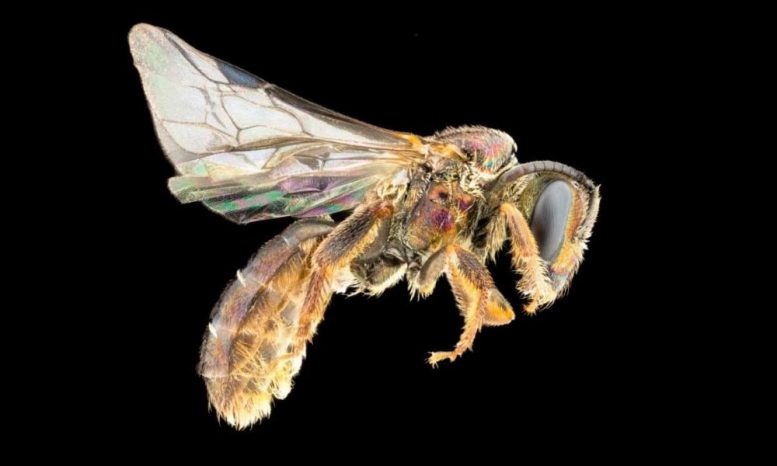
Australian researchers have combed the highlands of Fiji for new bee species, now describing nine new bee species including Homalictus groomi. Credit: James Dorey, Flinders University nature photographer
South Australia Museum senior researcher of terrestrial invertebrates, Dr. Mark Stevens, says the bee genus Homalictus Cockerell has not been taxonomically reviewed in the Fijian archipelago for 40 years.
“These field trips have allowed us to redescribe four known species and describe nine new ones, bringing the number of endemic Homalictus in Fiji to 13 species,” says Dr. Stevens, who is collaborating on the study.
“Most of the species diversity (11 species) live 800 meters or more above sea level, which highlights the vulnerability of highland-restricted species to a warming climate.”
One of the new species, the eye-catching Homalictus groomi, was named in honor of Flinders biological sciences graduate Dr. Scott Groom, who began uncovering this hidden diversity using molecular techniques with Flinders University and the South Australian Museum in 2009.
Previous New Colombo Plan biological sciences field trips have also studied the effects of noxious weeds and human activities on other animals and plants in Fiji.

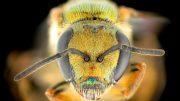

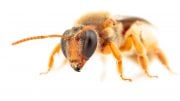
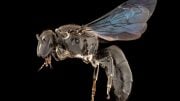

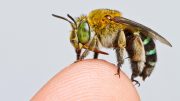
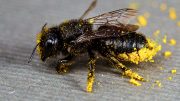
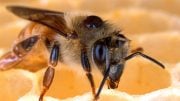
BWAHHAHAHHAHAHHAHAHHAA!
https://www.youtube.com/watch?v=OEQcyAYyLww
hahahaha. you are led by a moron: https://www.youtube.com/watch?v=Q0s5Zqmb09g
Haha you are a Moron. Did your mother have any normal kids?
I am not so sure that “A likely driver of this possible extinction is changing climates”. I think it is more likely the professors who captured 8 of the last known living examples.
So says the last known living example of Neanderthal.
Do they use Roundup in Fiji?
it’s a newly discovered species because it’s a new species – it’s now here because of climate conditions.
How do you know that this species of bee would go extinct if you just found it by blaming it on the climate? How do you know it’s not new BECAUSE of the climate change?
Climate change. lol If it’s new then you won’t miss it when it’s gone whatever your crackpot ideas are.
“Climate change”? Just STOP pushing this carbon tax cult!
The sun drives our weather and it’s no coincidence that record low solar outputs are making temps COOLER!
By the way, 99% of all species that ever existed on earth are extinct.
It’s a natural part of biology and only a small portion has been from mankind.
Please cite your sources for “cooler” temperatures. Faux Entertainment State Propaganda News is not a valid source.
It IS nice to find new species of anything…Except maybe cockroaches…I hope these beautiful bees will be around for a long time.
Yes, extinctions happen, but it would be good for us humans to stop being so destructive here on earth. We would be happier for it.